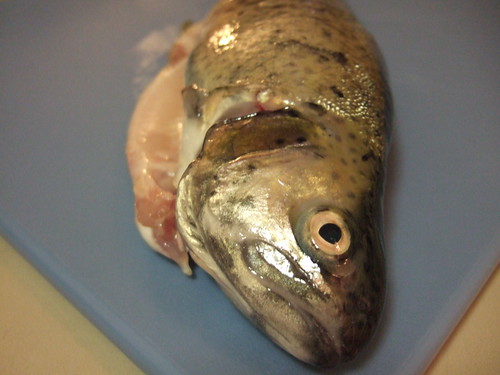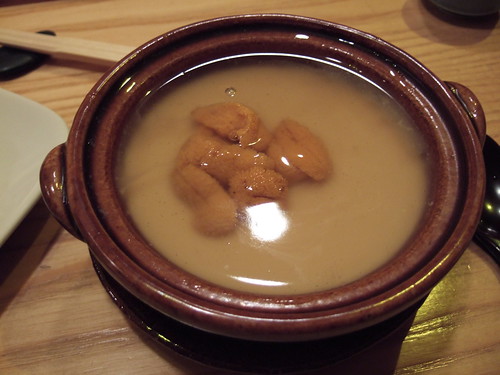We’ve seen the old city. We’ve seen the new city. We’ve hiked several volcanoes. It was time to go to the beach and spend our remaining days in Nicaragua on Little Corn Island. After a quick flight from Managua to Big Corn via Bluefields, we waited for a couple of hours for the boat that took us to Little Corn. At the docks, one of the locals asked us and a Canadian couple to follow him after he heard that we all wanted to stay at Derek’s Place–this small paradise on the island with only a short description in our guide books. (We didn’t know then that you could go to the dive shop at the docks and ask for availability. They can radio almost anyone on the island to save you from trekking through the forest yourself.) With our backpacks on and the humidity like Times Square in July, the trek to Derek’s Place was tiring. When we finally got there, we found out that there was only one hut available. They only have four huts on their property and you basically have to wait and see. We introduced ourselves to the Canadian couple and shared the hut for the first night. The next day, we lucked out when another hut was vacated–we felt more at home the next two nights.
Derek’s Place is nice; there’s no other word to describe it. Derek first came to the island when he was young and returned when he decided to leave California. He met his Catalunyan wife, Anna, a bit later and she followed him to the island. They have two young kids and they’ve since made their living by welcoming travelers from all over the world to their huts. I’ve stayed in plenty of huts the last six years, but none were as beautifully built for $25 a night. Colored bottles emit glow when the moonlight hits them at night. The shared bathroom has a giant wok for a sink and the shared shower room reminded me of Caves Branch in Belize from a trip a few years ago. Derek likes to cook so we had very good dinners for three nights. During the day, we would eat the same usual fare: fried chicken and fried fish with plantains bought from the small shacks by the docks. But for dinner, Derek served us everything from conch and shrimp salads, to pasta with shiitake mushrooms, to fish broth to curry to smoked snapper and jack. The Dr. and I also drank the coldest beers on the island because of their windmill and solar power. We even finished a bottle of wine and rum in two days just by sitting around the fire at night. During the day, when we weren’t reading our books or sleeping on the hammocks, we walked to and from the docks to look for food, rented bikes to circle the island, swam and sunbathe on different beaches. Little Corn may be little, but it had so much to offer big city dwellers like us.
You can imagine how difficult it was to leave. On our way back to catch our flight to New York, we decided to stay on Big Corn Island instead of Managua. There was an unmistakable feeling that, once upon a time, Big Corn Island was the center of it all. Walking around the island felt eery. Somehow, I kept thinking of Gabriel Garcia Marquez’s words and imagining the ghosts of the island’s past. As we walked around and witnessed empty lobster traps strewed on the side of the road, buildings left in ruins, and a dry swamp with mangroves clinging to dear life, Big Corn Island instantly became a ghost town; a place that was once full of life. We stayed at Anastasia’s on the Sea, a sound recommendation from the dive shop on Little Corn. It was a long way, but a pretty drive especially when the road started to hug the sea. Coconut trees leaned and followed the warm wind, while anchored boats floated in the water. Our room at Anastasia’s came with two beds, satellite TV, and private bathroom for the same price as our hut at Derek’s. Our door opened up to a porch with small steps to the shallow water. Anchovies swayed with the waves like blades of grass. The view was incredible: infinite turquoise waters and a wooden bridge which connected the hotel to their bar and restaurant on stilts. But after closer inspection, Anastasia, with the rest of the island, became antiquated before our eyes and just became eery. (And I was sober.) The cheesy fish and shell decor in the hallway was a much better choice than bustling Managua, but something was amiss. It was time to go home.
Where to stay in Little Corn Island, Nicaragua: Derek’s Place
Where we stayed in Big Corn Island, Nicaragua: Anastasia’s on the Sea
Related post/s:
Little Corn Island photos on Flickr
Big Corn Island photos on Flickr





